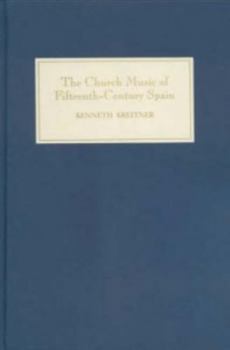The Church Music of Fifteenth-Century Spain
(Part of the Studies in Medieval and Renaissance Music Series)
Analysis of Latin sacred music written during the century illustrates the rapid and marked change in style and sophistication. Winner of the 2007 AMS Robert M. Stevenson prize The arrival of Francisco de Pe alosa at the Aragonese court in May 1498 marks something of an epoch in the history of Spanish music: Pe alosa wrote in a mature, northern-oriented style, and his sacred music influenced Iberian composers for generations after his death. Kenneth Kreitner looks at the church music sung by Spaniards in the decades before Pe alosa, a repertory that has long been ignoredbecause much of it is anonymous and because it is scattered through manuscripts better known for something else. He identifies sixty-seven pieces of surviving Latin sacred music that were written in Spain between 1400 and the early 1500s, and he discusses them source by source, revealing the rapid and dramatic change, not only in the style and sophistication of these pieces, but in the level of composerly self-consciousness shown in the manuscripts. Withina generation or so at the end of the fifteenth century, Spanish musicians created a new national music just as Ferdinand and Isabella were creating a new nation. KENNETH KREITNER teaches at the University of Memphis.
Format:Hardcover
Language:English
ISBN:1843830752
ISBN13:9781843830757
Release Date:September 2004
Publisher:Boydell Press
Length:196 Pages
Weight:1.32 lbs.
Dimensions:0.8" x 6.4" x 9.5"
Customer Reviews
0 rating





